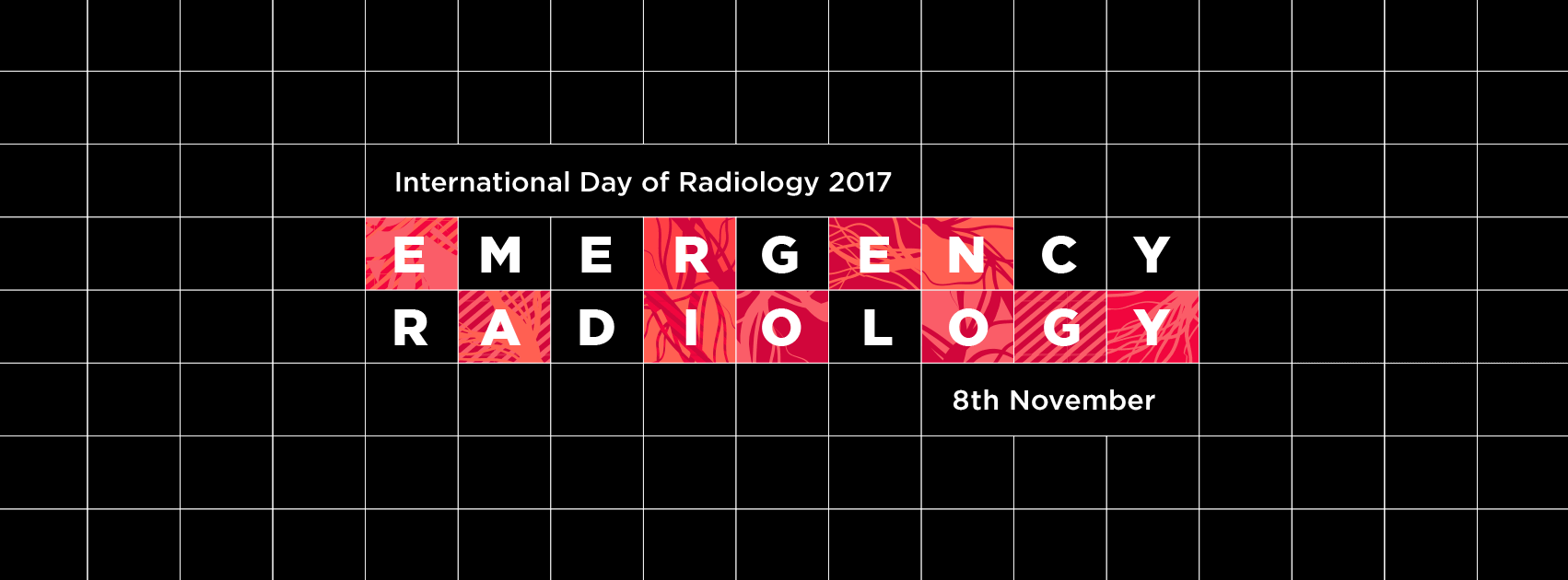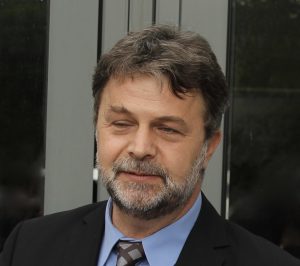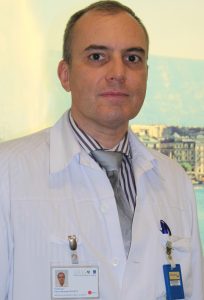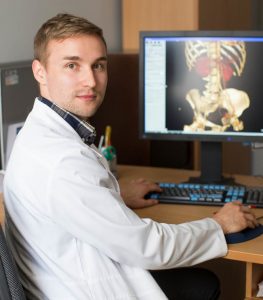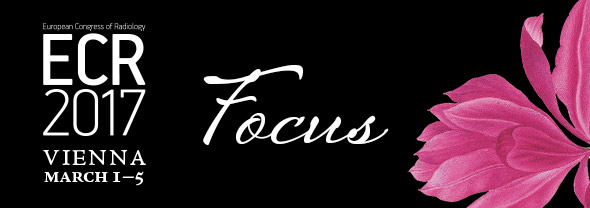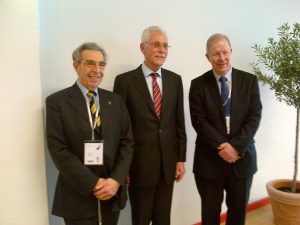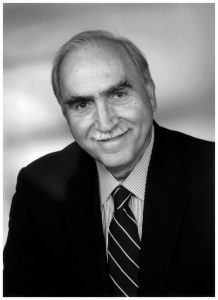Additional residency training would be beneficial for Russian radiologists who share emergency radiology caseload, says Moscow-based specialist
This year, the main theme of the International Day of Radiology is emergency radiology. To get some insight into the field, we spoke to Moscow radiologist and radiology educator Dr. Elvira Akchurina, a senior radiologist in the Radiology Department of a Federal Center of Treatment and Rehabilitation in Moscow, Russia.
European Society of Radiology: Could you please describe the role of the radiologist in a typical emergency department in your country?
Elvira Akchurina: In our hospital, there is a radiologist on duty at night. The radiologist gets a request for an emergency study and gets acquainted with the case. In complicated cases, and if time permits, the radiologist speaks with the patient or emergency physician to understand the trauma and selects the best diagnostic approach. Radiologists control the examination and interpret its results. Then they discuss the radiologic findings with the emergency physician.
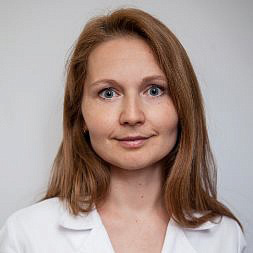
Dr. Elvira Akchurina, MD, PhD, works as a senior radiologist in the Radiology Department of a Federal Center of Treatment and Rehabilitation in Moscow, Russia.
ESR: What does a typical day in the emergency department look like for a radiologist?
EA: Usually it’s a busy day with lots of cases. During breaks radiologists interpret nonemergency cases.
ESR: Teamwork is crucial in an emergency department. How is this accomplished in your department and who is involved?
EA: Effective teamwork is the only way to get the correct diagnosis quickly. Timely diagnosis is crucial for finding the optimal treatment plan in emergency cases. In our department, we use a picture archiving and communication system (PACS), radiological information system (RIS) and hospital information system (HIS), and radiologists have access to patients’ charts. And, of course, the radiologist discusses the clinical history and key imaging findings with the referring physician.
ESR: How satisfied are you with the workflow and your role in your department? How do you think it could be improved?
EA: I like the organisation of workflow in my department and the friendly atmosphere between physicians and nurses. I think it would be better if emergency physicians would offer radiologists more clinical-history detail on patients and provide clearer indication for the examination.
